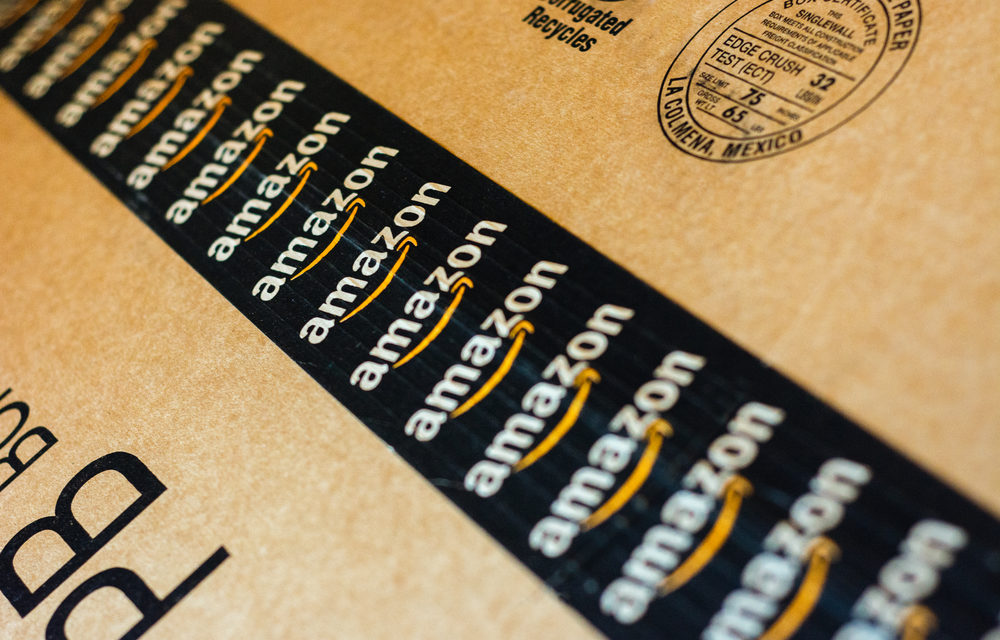-
Grocery store traffic, web sales boosted in deal’s first week
-
Analysts say brands complemented, rather than cannibalized
Amazon immediately put about 2,000 items on its site from the Whole Foods 365 Everyday Value brand and sold out of almost all of the most-popular items, said Spencer Millerberg, chief executive officer of One Click Retail, which monitored sales. Web sales of Whole Foods branded products totaled about $500,000 in the first week, according to One Click Retail’s estimate. More impressive was the speed at which Amazon began selling Whole Foods products online. Such an integration would have taken several months in a brick-and-mortar chain, he said.
“It’s easy to implement and bring everything online with Amazon’s endless shelf,” Millerberg said. He said the question is whether Amazon can sustain the inventory, and use the stores to decrease delivery costs.
The findings show the buzz around Amazon’s purchase of the upscale food retailer stretched beyond its stores to its website. Customer traffic in Whole Foods brick-and-mortar locations gained 25 percent during the first two days after Amazon’s takeover, according to Foursquare Labs Inc., which compared shoppers’ mobile location information before and after the acquisition.
The two reports suggest there is no cannibalization between the two retailers, with one taking sales from the other. The combined company is likely to sell even more with the two brands working together than they would have collectively as separate companies.
“This is very early evidence that this marriage made in heaven between Amazon and Whole Foods is working,” said Kirthi Kalyanam, director of the Retail Management Institute at Santa Clara University. “Amazon has struggled with online grocery because shoppers didn’t always know what they were buying. Now Amazon has the seal of approval that Whole Foods’ brand provides. Consumers feel that they don’t need to touch and smell the produce because Whole Foods has already made sure it’s top quality.”
Amazon appeared unprepared for the rapid pace of sales. Of the top 100 selling Whole Foods items online, only 7 percent remain in stock on Amazon’s website, according to One Click Retail.
Online grocery purchases have been slow to take hold because of consumers’ desire to handle fresh produce before buying it. Only 4.5 percent of shoppers frequently bought groceries online in 2016, said Kurt Jetta, CEO of TABS Analytics, a consumer products research firm.
Jetta said the consumer preference for brick-and-mortar grocery shopping is showing some signs of erosion. Online grocery purchases increased 13 percent this year and Amazon, Wal-Mart Stores Inc. and Target Corp. saw gains of 10 percent to 15 percent in online grocery sales.
“Behaviors are shifting,” he said, “but retailers have a long, long, long way to go before they can get to the necessary critical mass to be profitable selling groceries online.”
By Spencer Soper and Olivia Zaleski
